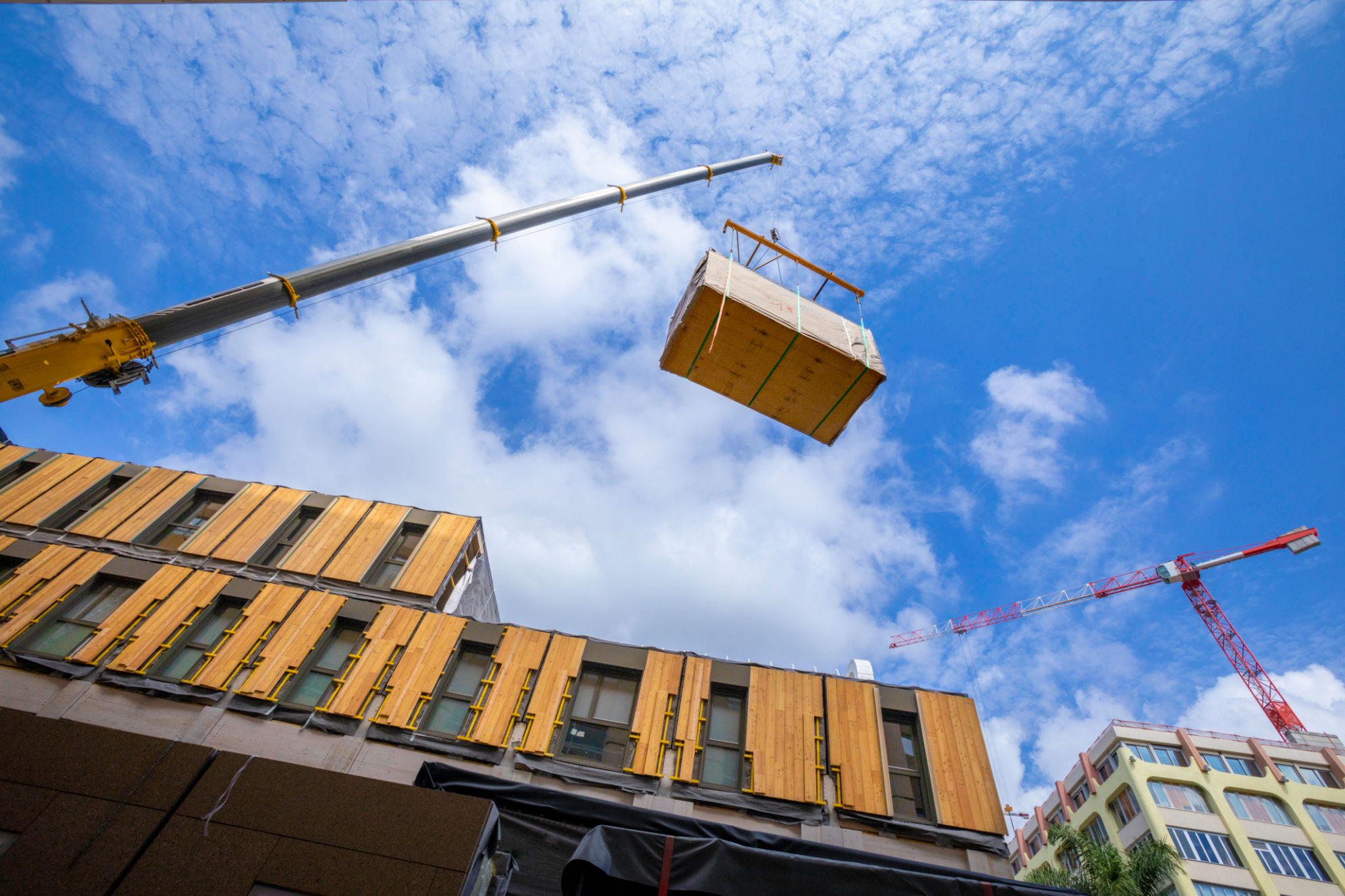Debunking Myths About Eco-Friendly Building: What Really Works
Understanding Eco-Friendly Building Myths
As the world embraces sustainability, eco-friendly building practices are becoming increasingly popular. However, with this rise in popularity, several myths have surfaced, leading to misconceptions about what truly works in sustainable construction. In this post, we aim to debunk some of these myths and provide clarity on effective eco-friendly building strategies.
One common myth is that eco-friendly buildings are significantly more expensive than traditional ones. While initial costs can be higher due to the use of sustainable materials and technologies, the long-term savings on energy and maintenance often outweigh these upfront expenses. By investing in energy-efficient systems, homeowners can reduce utility bills and enjoy a healthier living environment.

The Truth About Materials and Resources
Another widespread misconception is that all eco-friendly materials are created equal. In reality, not all materials marketed as "green" offer the same environmental benefits. It’s crucial to assess the entire lifecycle of a product, from production to disposal, to determine its true impact. For instance, locally sourced materials generally have a lower carbon footprint compared to imported ones due to reduced transportation emissions.
Furthermore, some believe that using recycled materials compromises the quality and durability of a building. This is far from the truth. Many recycled products, such as reclaimed wood and recycled steel, are not only environmentally friendly but also offer excellent durability and aesthetic appeal.
Energy Efficiency and Eco-Friendly Design
A common belief is that energy-efficient design is strictly about using solar panels or wind turbines. While these technologies are beneficial, true energy efficiency involves a holistic approach to design. This includes maximizing natural light, using high-quality insulation, and incorporating passive solar building techniques.

Additionally, some people think that smart home technology isn’t necessary in eco-friendly buildings. However, smart systems can optimize energy use by allowing homeowners to monitor and control their energy consumption more effectively. Automated thermostats, smart lighting systems, and energy-efficient appliances contribute significantly to reducing a building's carbon footprint.
Maintenance and Longevity
It's a common myth that eco-friendly buildings require more maintenance than conventional structures. In truth, sustainable buildings are often designed to be low-maintenance. For example, green roofs not only provide insulation but also require minimal upkeep once established. Similarly, durable materials like bamboo flooring are both sustainable and easy to maintain.

Moreover, sustainable buildings are designed with longevity in mind. By focusing on quality construction and durable materials, eco-friendly buildings can last longer than traditional structures, thus reducing the need for frequent repairs or replacements.
Conclusion: Making Informed Choices
Debunking these myths is essential for making informed decisions about eco-friendly building practices. By understanding the true benefits and limitations of sustainable materials and technologies, builders and homeowners can contribute to a healthier planet without compromising on quality or cost-effectiveness.
Incorporating eco-friendly practices into construction is not just a trend but a necessary step toward a more sustainable future. By separating fact from fiction, we can ensure that our efforts genuinely benefit the environment and our communities.